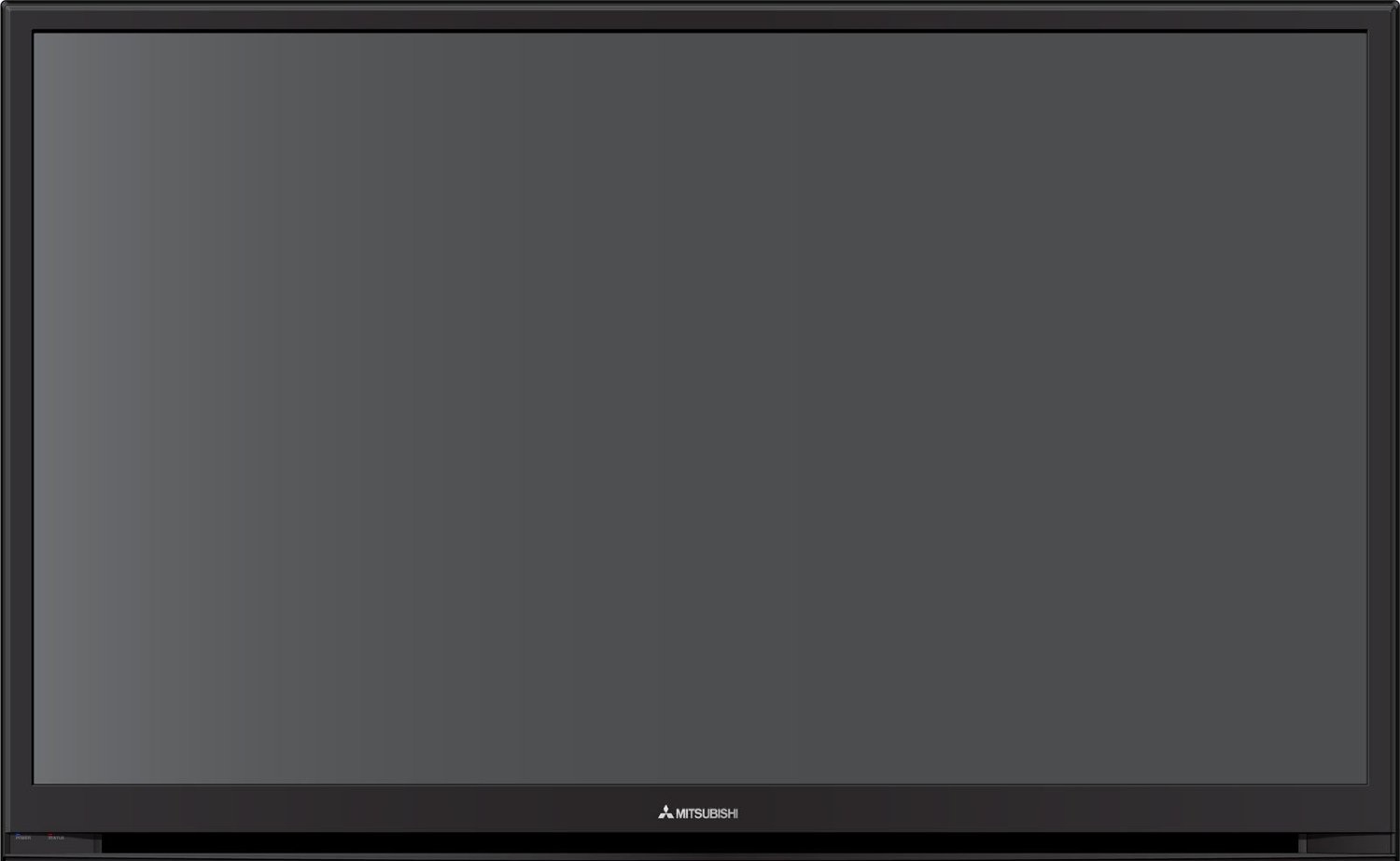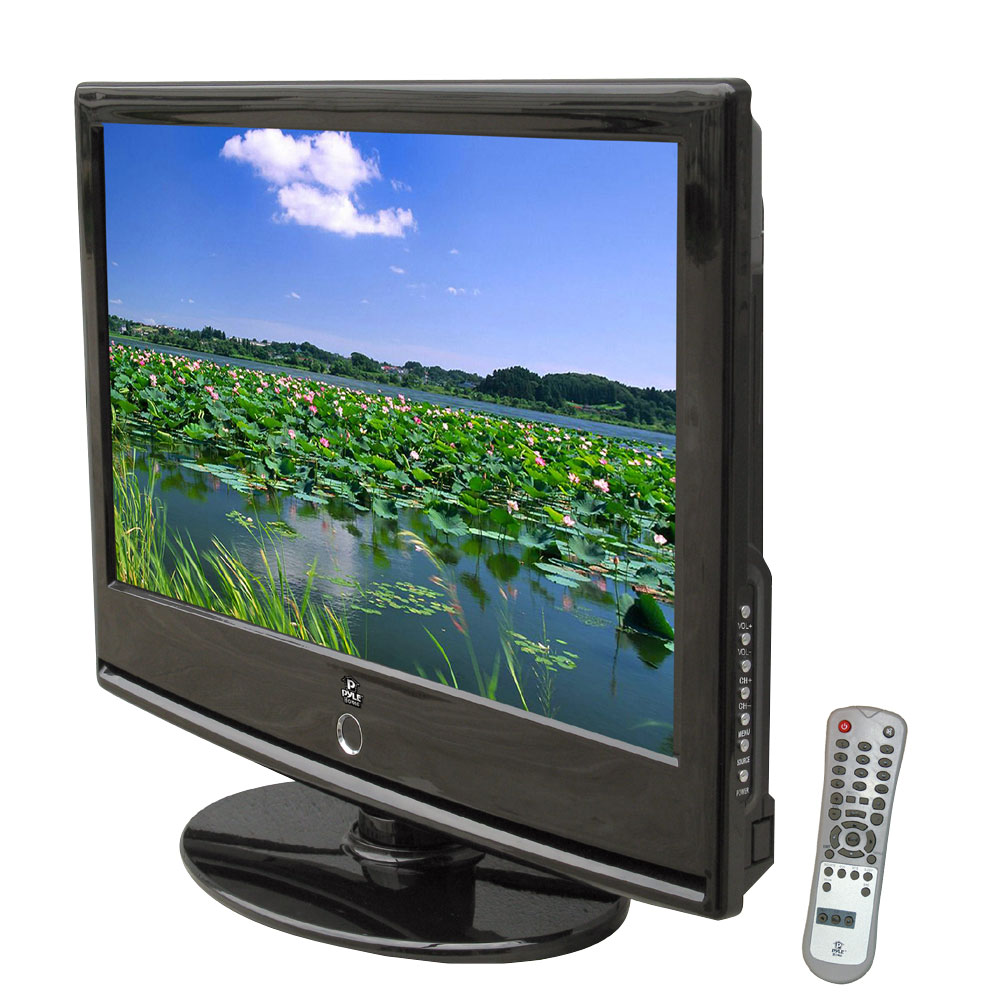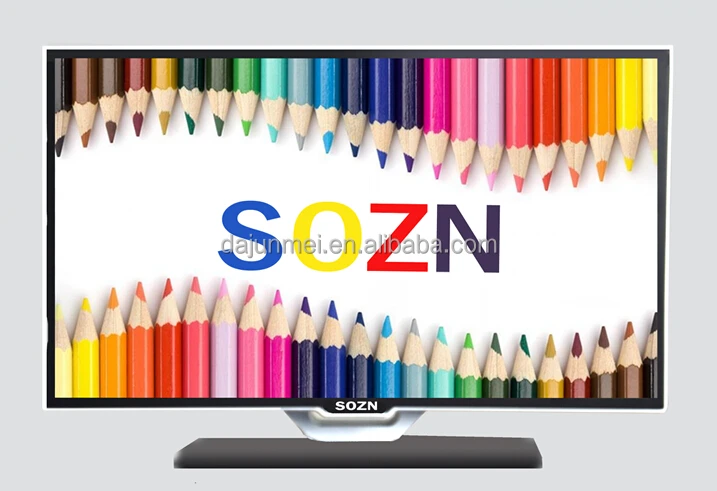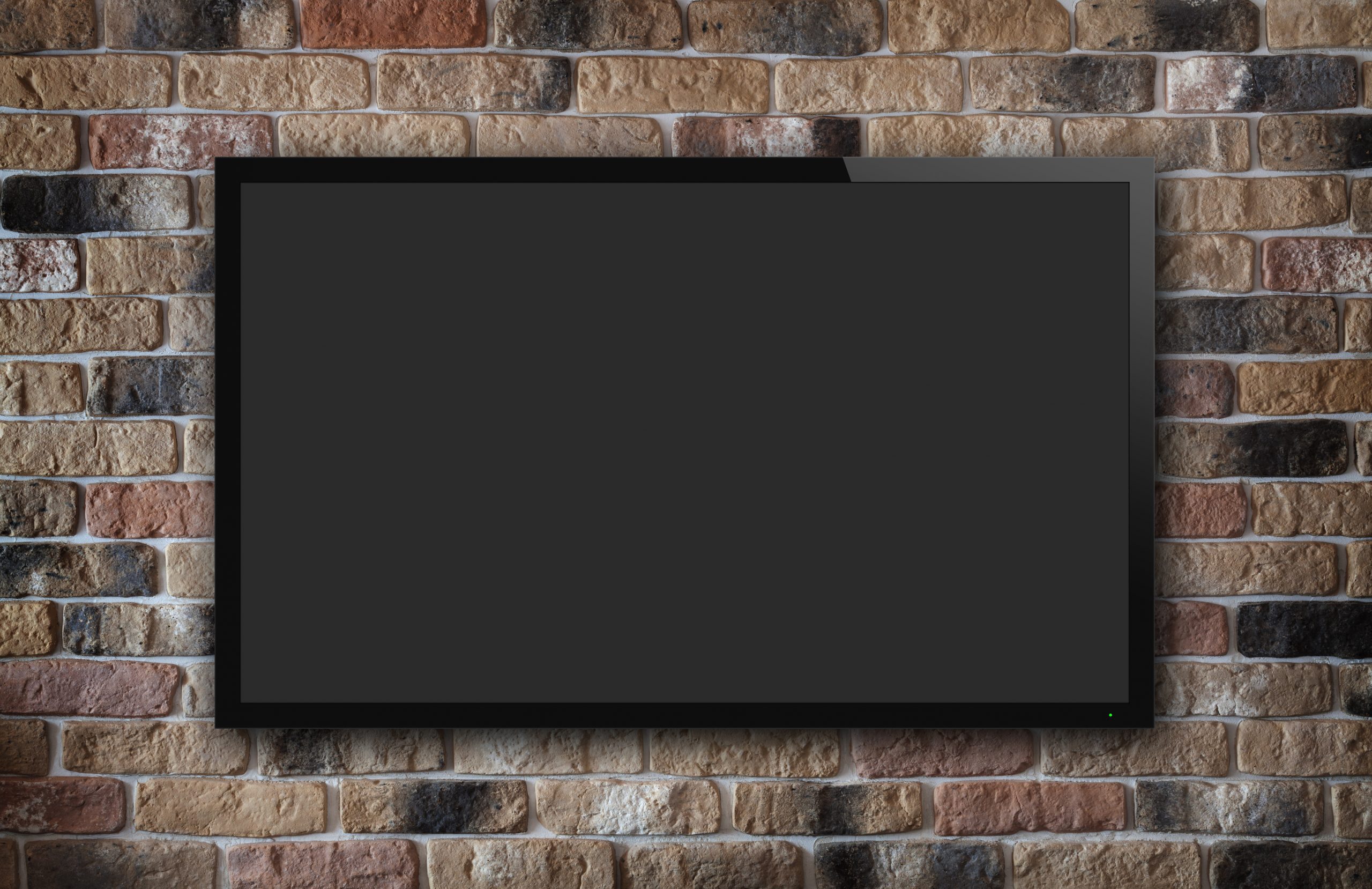

In 2017, speaking at a Code Conference, he divided the economy into a fast sector and a slow sector. “At the limit, 99% of the economy will be the regulated, non-technological sectors, which is precisely where we are headed.”Īndreessen has made a similar argument before, though this weekend he used it in a different way.

The downside is that OLED technology is pretty new, so TVs with this tech are a lot more expensive.“Which eats the economy? The regulated sectors continuously grow as a percentage of GDP the less regulated sectors shrink,” he writes. OLED TVs are a lot thinner because they don’t have those LEDs, and light up the pixels on their screen by running an electric current through them.

This is the lighting system a majority of TVs use today, and those backlights take up a fair amount of space.

LED TVs have lights behind the display, which illuminate the screen when necessary. OLED vs LED: The biggest contributor to a TV’s thickness is its lighting system.
#Flat screen tv tv
There are many factors to consider when choosing the best flat screen TV for you below are the most important ones, which we considered while we were researching this list.ĭepth: Our primary metric for choosing the TVs in this guide was their depth (thinness).
#Flat screen tv how to
If you’re upgrading from a TV that’s a few years old, or don’t have the space or desire for a massive 4K set, Insignia’s NS-43F301NA22 is the one to get.īuy Insignia NS-43F301NA22 $159.99 How to Choose a Flat Screen TV Insignia outfitted this flat screen TV with three HDMI ports, a coaxial input, A/V inputs, an optical audio output, one USB port, an Ethernet port, and a headphone jack. The NS-43F301NA22 supports 4K Ultra HD, so colors and shadows will look more life-like, and its stereo speaker system uses DTS Studio Sound for improved performance. This is a Fire Edition TV, which means it has an Amazon Fire TV stick built inside, so you don’t have to worry about plugging one in to access streaming services. The 43-inch TV is 3.2 inches thick, and it’s available in 50-inch, 55-inch, 58-inch, 65-inch, and 70-inch screen sizes if you need a bigger set. If you’re looking for a budget-friendly flat screen TV for a mid-sized living room or bedroom, Insignia’s NS-43F301NA22 is the right choice. You shouldn’t have any issues connecting all of your home theater components to this TV without an HDMI splitter, or any other adapters. The OLED55G2PUA has four HDMI ports, three USB ports, an optical audio output, headphone jack, antenna input, and AV (composite) input. If you plan on getting a next-generation console, LG’s OLED55G2PUA should also be toward the top of your list because it supports Nvidia’s G-Sync and FreeSync technologies, which means it’ll be able to keep up with fast-paced games without any slowdown. The TV runs on WebOS22, an advanced operating system that gives you quick access to popular streaming services, including Disney+, HBO Max and Peacock. The OLED55G2PUA runs on a custom processor that optimizes its image and audio quality on the fly. What makes LG’s OLED especially impressive is the amount of technology it fits inside its ultra-thin set. We’re recommending the 65-inch version, but there are 55-inch, 77-inch, 83-inch and 97-inch models as well. If it’s wall mounted, the TV will look more like a painting than a piece of tech. LG’s OLED55G2PUA is premium, OLED TV that’s just about an inch thick. We’ve found three from LG, Insignia and TCL, to help you decide. The best flat screen TVs almost look like art on your walls and combine high-resolution visuals as well as a speedy processor. If you really want to save space, you should consider wall-mounting your set, which will show off your TV’s thin and light design, while helping you maximize the space in your room. If you’re thinking about replacing your older HDTV with a 4K model, and want it to take up as little space as possible, we’ve found the best TVs for the job. The move from CRT (old box TVs) to LCDs (flat screens) is one of the most significant consumer technology improvements of the past decade.īut TV makers have refined their display technology even further, and today’s flat screens are significantly thinner than they were even a few years ago, despite having better quality and smart features. If you purchase an independently reviewed product or service through a link on our website, Rolling Stone may receive an affiliate commission.


 0 kommentar(er)
0 kommentar(er)
